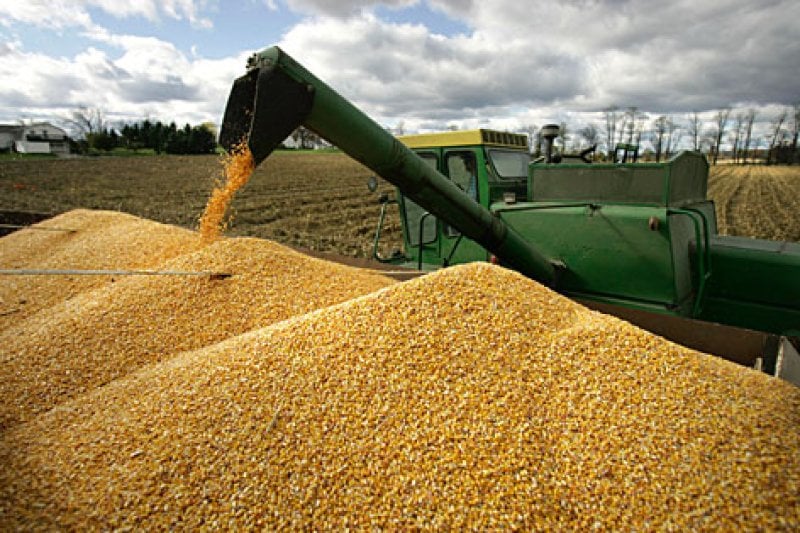Farmers and plant breeders are in a race against time. The world population is growing rapidly …. but the amount of cultivable land is limited. Warmer temperatures have extended growth seasons in some areas — and brought drought and pests to others.
“We face a grand challenge in terms of feeding the world,” said Lee Hickey, a plant geneticist at the University of Queensland in Australia. “If you look at the stats, we’re going to have about 10 billion on the planet by 2050 and we’re going to need 60 to 80 percent more food to feed everybody ….
Dr. Hickey’s team has been working on “speed breeding,” tightly controlling light and temperature to send plant growth into overdrive. This enables researchers to harvest seeds and start growing the next generation of crops sooner …. They trick the crops into flowering early by blasting blue and red LED lights for 22 hours a day and keeping temperatures between 62 and 72 degrees Fahrenheit.
…
On [June 17] in Nature Biotechnology, Dr. Hickey and his team highlight the potential of …. [c]ombining speed breeding with other state-of-the-art technologies, such as gene editing, [as] the best way to create a pipeline of new crops ….
Read full, original article: Grow Faster, Grow Stronger: Speed-Breeding Crops to Feed the Future































